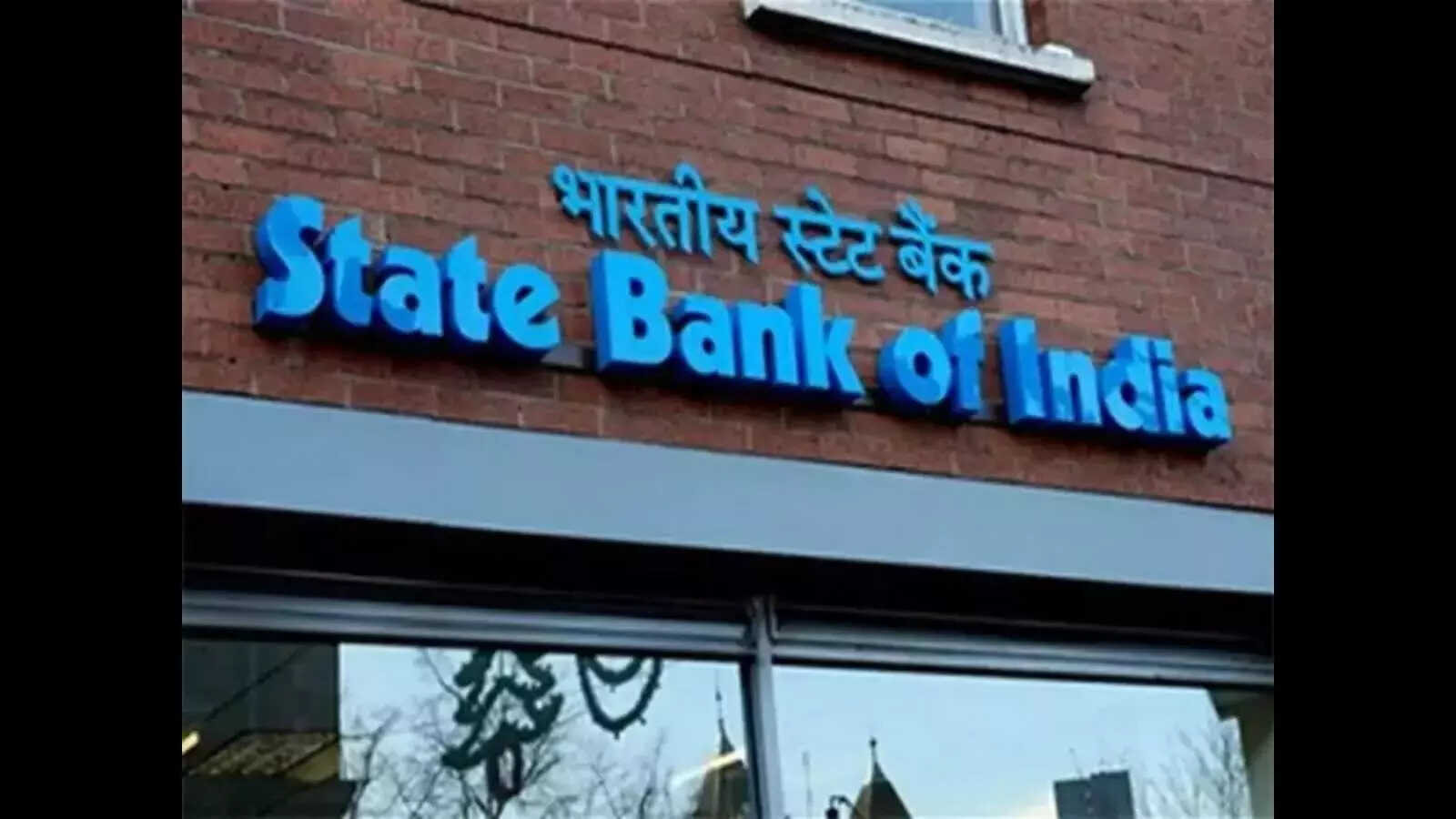The Housing Market’s Quiet Giant: How SBI is Dominating Home Loans
For years, HDFC reigned supreme in the Indian home loan market. But the landscape is shifting, and a new titan is emerging: State Bank of India (SBI). While everyone was watching the private players, SBI has been quietly but decisively building its mortgage portfolio, and the latest quarterly results paint a compelling picture of its success. In Q1, SBI not only demonstrated robust growth but also surpassed HDFC in lending figures, signaling a significant power shift in the housing finance sector.
This isn’t just about numbers; it’s about understanding the strategies and underlying market dynamics that have fueled SBI’s ascent. What’s driving this growth, and what does it mean for homebuyers and the broader economy? Let’s dive in.
Riding the Wave of Home Loan Demand
One of the primary drivers of SBI’s success is the sustained demand for home loans in India. Despite fluctuating interest rates and concerns about affordability, the dream of owning a home remains a powerful force. Several factors contribute to this resilience: rising disposable incomes, increasing urbanization, and government initiatives promoting affordable housing.
SBI has strategically positioned itself to capitalize on this demand. Its vast network of branches, particularly in Tier 2 and Tier 3 cities, gives it a distinct advantage over private lenders with a more urban-centric focus. This widespread reach allows SBI to tap into a broader customer base, including those previously underserved by other financial institutions. Moreover, SBI has actively streamlined its loan application process, making it easier and faster for potential homebuyers to secure financing.
A Strategic Advantage: Lower Interest Rates
Another key differentiator for SBI is its competitive interest rates. As a public sector bank, SBI often enjoys access to lower borrowing costs compared to its private sector counterparts. This advantage allows it to offer more attractive interest rates to borrowers, making its home loan products highly appealing. In a rate-sensitive market like India, even a slight difference in interest rates can significantly impact a borrower’s decision.
SBI’s ability to offer competitive rates has proven particularly effective in attracting first-time homebuyers and those seeking affordable housing options. This strategic focus aligns perfectly with the government’s push for “Housing for All,” further solidifying SBI’s position as a key player in the sector.
Beyond the Numbers: Understanding SBI’s Approach
SBI’s success in the home loan segment isn’t just about offering lower rates; it’s about a holistic approach that encompasses customer service, technological innovation, and risk management. The bank has invested heavily in digital platforms to enhance the customer experience, allowing borrowers to apply for loans, track their applications, and manage their accounts online. This digital transformation has improved efficiency and convenience, making SBI a more attractive option for tech-savvy homebuyers.
Furthermore, SBI has a well-established risk management framework that allows it to carefully assess and manage credit risk. This prudent approach ensures the long-term sustainability of its mortgage portfolio, even in volatile market conditions.
What Does This Mean for the Future of Home Loans?
The rise of SBI as a dominant force in the home loan market has significant implications for the future of housing finance in India. It signals a potential shift in market dynamics, with public sector banks playing an increasingly important role. This increased competition could lead to lower interest rates and more favorable terms for borrowers, making homeownership more accessible.
Furthermore, SBI’s focus on serving Tier 2 and Tier 3 cities could drive growth in these regions, contributing to overall economic development. As more people gain access to affordable housing, it can lead to improvements in living standards, health, and education. This ripple effect can have a profound impact on communities across the country. The change in pace shows that other banks will have to follow suit.
The Bottom Line: A Win for Homebuyers
SBI’s impressive performance in the home loan sector isn’t just a victory for the bank itself; it’s a win for Indian homebuyers. The increased competition and innovation driven by SBI’s success are likely to create a more favorable environment for borrowers, with access to more affordable and convenient financing options. As the housing market continues to evolve, it will be interesting to see how SBI further leverages its strengths to shape the future of homeownership in India. Only time will tell how long they can hold the number one spot and the market shares that accompany it.
Internal Link: [Link to related content on the same site about current interest rates.]







